Need a Design Superhero?
Connect with our Expert Interior Designers! hello.你好もしもし.hola.
GURGAON
Find Us
C2- 23A 3RD FLOOR, Block C2,
Sushant Lok Phase I, Sector 43,
Gurugram, Haryana 122002
Need a Design Superhero?
Connect with our Expert Interior Designers! hello.你好もしもし.hola.
GURGAON
Find Us
C2- 23A 3RD FLOOR, Block C2,
Sushant Lok Phase I, Sector 43,
Gurugram, Haryana 122002
Creating the perfect space requires more than a good eye for design—it takes planning, inspiration, and a clear vision. An interior design mood board is the ultimate tool that bridges your ideas, enabling you to see and refine your concept before execution. Whether you want to design a cozy modular kitchen or reimagine your living room, a thoughtfully curated mood board ensures you stay on track.
We will cover everything you need to know about creating an interior design mood board, from gathering inspiration to using digital tools. By the end, you’ll feel empowered to create a stunning and practical mood board that represents your unique style.
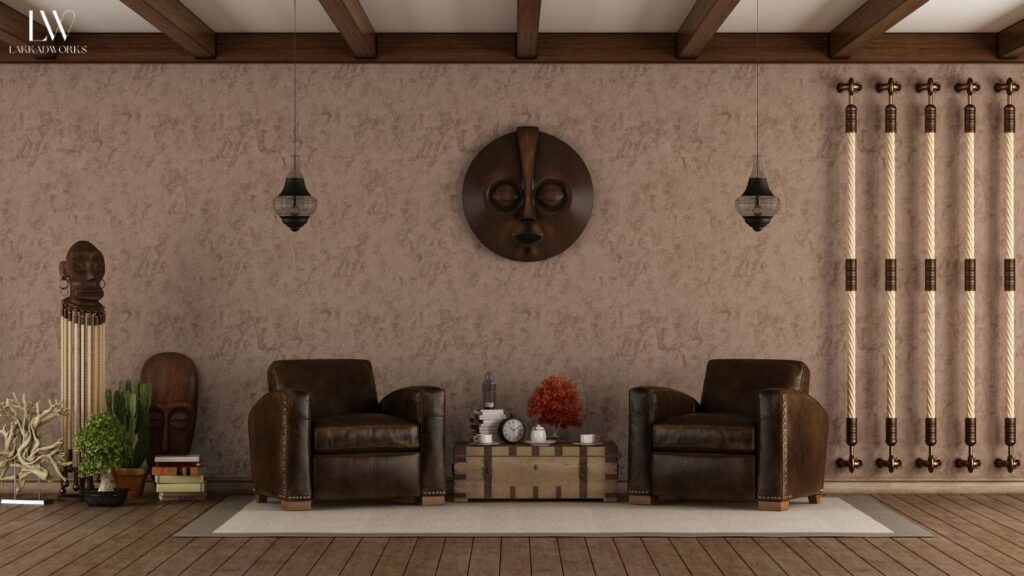
An interior design mood board is a visual representation of ideas for a space. It combines colors, textures, furniture, and decorative items in a single layout to provide clarity during the design process.
For professional interior designers, a mood board is an essential first step. It communicates your vision, helps generate new ideas, and ensures all elements work cohesively together. For DIY enthusiasts and home decor lovers, a mood board is a great way to try different concepts before making concrete decisions or investments. It’s like having a sneak peek into the final look of your dream home.
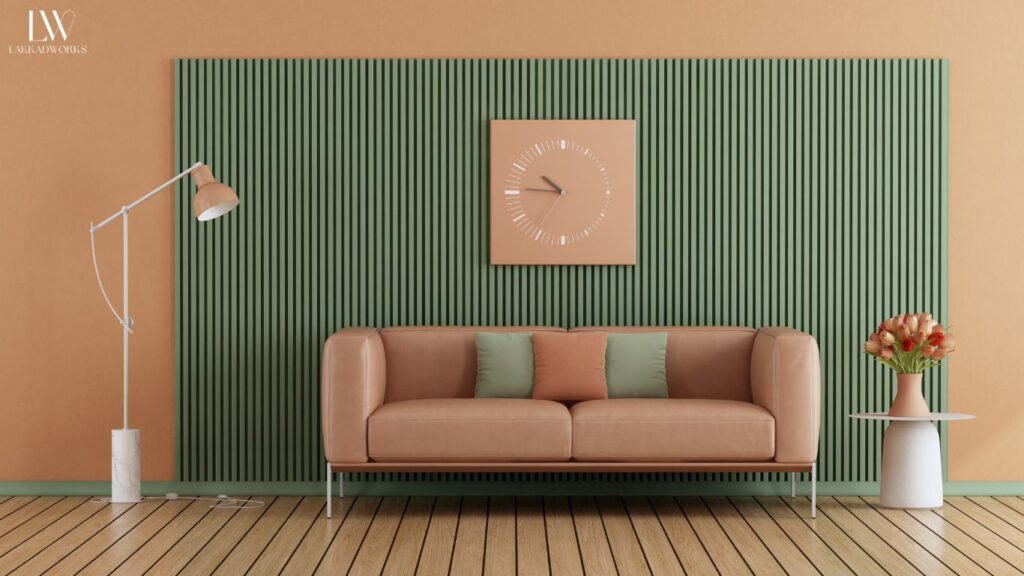
Mood boards simplify the often-overwhelming process of conceptualizing and creating a cohesive space. Here’s why they’re so powerful:
By focusing on these benefits, a mood board helps define your style while allowing room for experimentation.
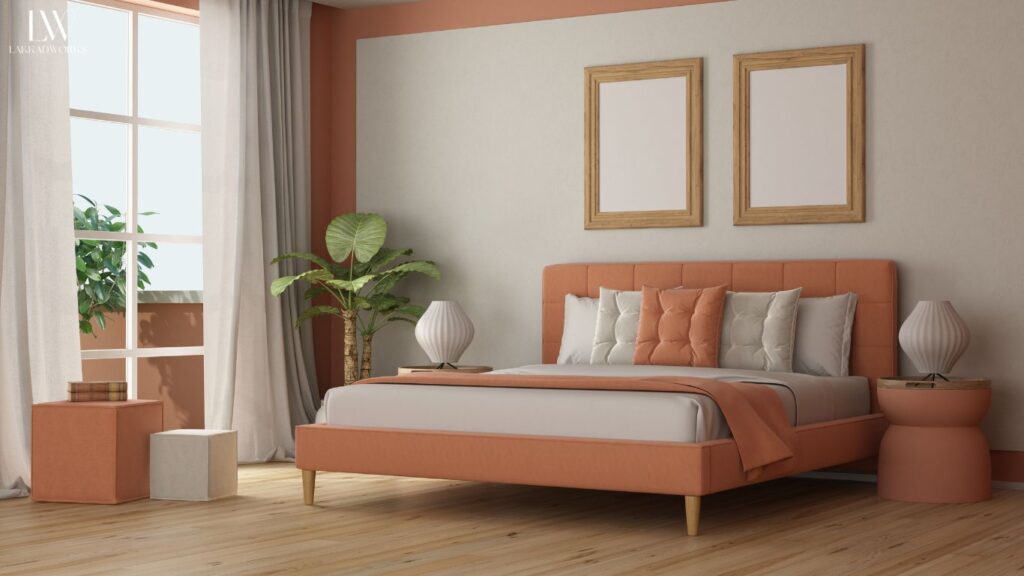
Creating your own interior design mood board is easier than you might think! Follow these six simple steps to build a board that perfectly captures the space you envision.
1. Select a Theme or Style
Before you begin gathering images and textures, define the overall style of your space. Are you inspired by mid-century modern aesthetics, minimalistic interiors, or a warm rustic vibe? Choosing a cohesive theme ensures all elements in your mood board flow seamlessly.
For instance, if you’re designing a modular kitchen, your theme could focus on contemporary, functional elegance with clean lines and smart storage solutions.
2. Gather Inspiration Images
Pinterest and Instagram are treasure troves for finding interior design inspiration. Search for images of spaces, furniture, or decor items that align with your chosen theme. Don’t limit yourself—fabric swatches, nature photos, and even artwork can spark great ideas. Save these images in a single folder for easy access.
Pro Tip: Look for inspiration from our guide on How to Create a Stunning First Impression with Your Home’s Entrance. It’s loaded with valuable tips to enhance your home’s aesthetics.
3. Choose a Color Palette
Colors set the tone of a room and influence how people feel when they step inside. Select a color palette for your space by picking a dominant color, two or three complementary colors, and perhaps one accent color for drama. For example, in a modular kitchen, you might select soft whites and greys, accented with vibrant green or gold hardware.
You can explore helpful color palette generators like Coolors or Canva to find beautiful combinations!
4. Add Textures and Materials
Textures and materials bring depth and dimension to your mood board. Include fabric samples for sofas, rug materials, or wooden finishes for tables. Think about the tactile experience of your space—soft velvets and natural jute for coziness, or sleek glass and polished metal for modern sophistication.
5. Arrange and Curate
Once you have all your elements—images, color palette, and textures—begin laying them out in a digital mood board tool (we’ll talk about tools later). Test various placements to ensure visual balance and harmony.
Focus on your design’s functionality. For instance, does the lighting in your kitchen mood board work with its layout? Or is there unnecessary clutter in your living room designs? Organizing everything visually reflects how well your ideas fit into the space.
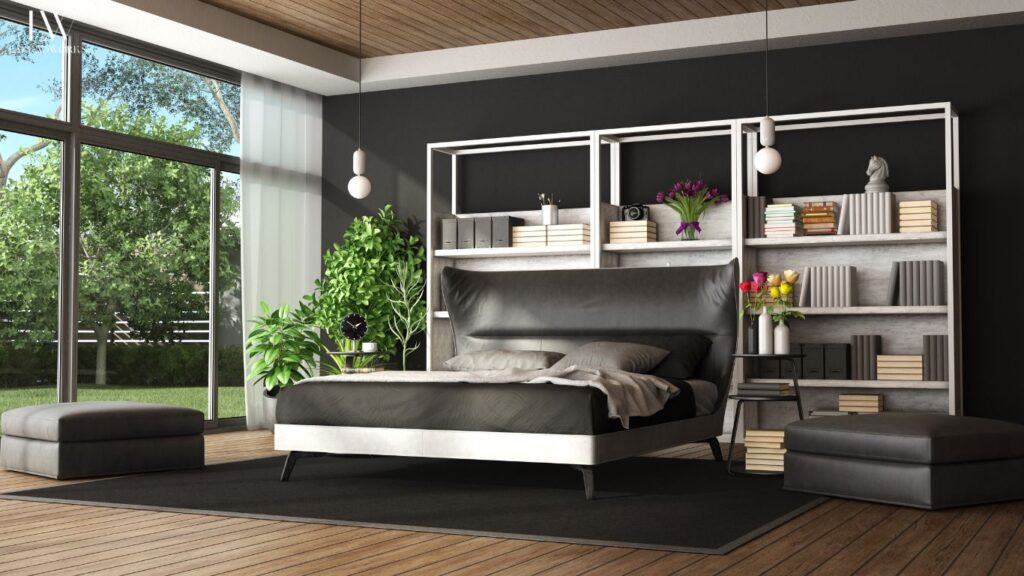
Gone are the days of cutting out magazine clippings. Digital tools make creating and editing mood boards a breeze. Here’s a look at some popular options for designers and DIY lovers alike.
1. Canva
2. Milanote
3. Adobe Express
4. Pinterest
Select a tool that aligns with your comfort level and project goals!
Optimise Your Space Layout for Flow and Functionality!
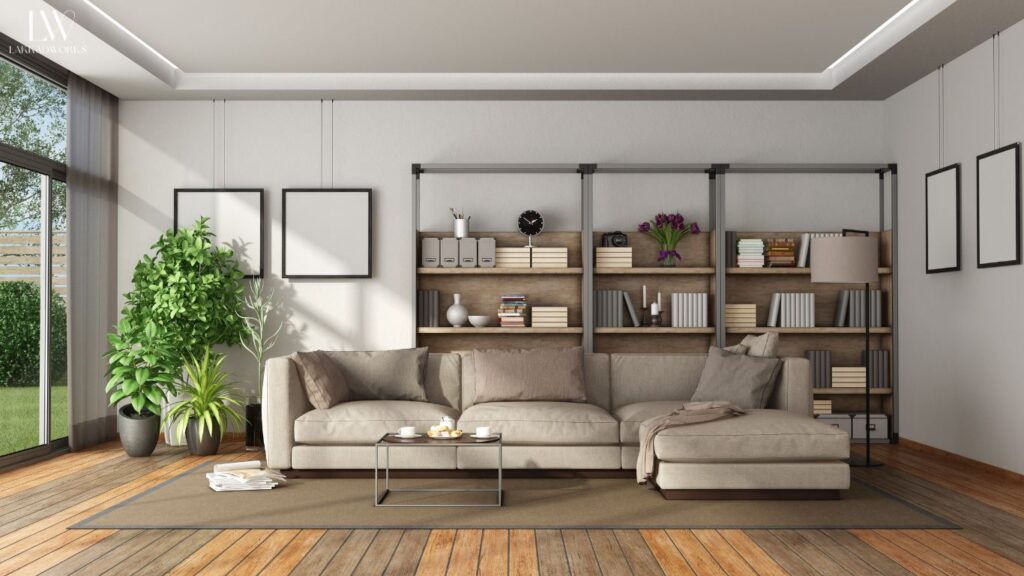
Making your mood board look beautiful is only half the equation—it should also guide your decisions effectively. Here are some expert tips for success.
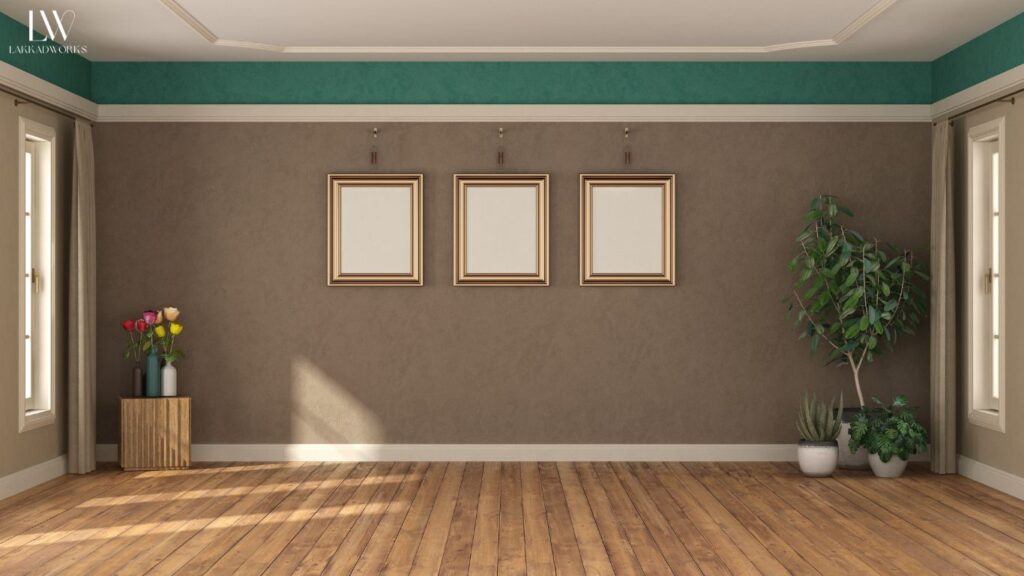
Sometimes, the best way to learn is through examples. Here’s how mood boards can transform different spaces into a cohesive design masterpiece.
Each of these examples shows how carefully selecting and placing items on your board can breathe life into your creative ideas.
Whether you’re creating a modular kitchen, a cozy home office, or a dream living room, an interior design mood board is the perfect start to your project. With its ability to organize, refine, and showcase ideas, it’s a tool that both beginners and experts can use effectively.
Feeling inspired? We’d love to see your mood board creations! Share them on social media and tag us to join our growing community of interior design lovers.
Adding {{itemName}} to cart
Added {{itemName}} to cart